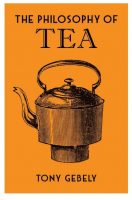 Welcome to the second in my series of four posts about the British Library’s The Philosophy Of… series. Astute readers will realise that this is a little self-serving since I wrote one of the early books in the series, The Philosophy of Coffee. However, since I’m now selling the rest of the (food-related) titles on the Coffee Spot, I thought I should say something about them. Having started just before Christmas with The Philosophy of Cheese, today it’s the turn of The Philosophy of Tea.
Welcome to the second in my series of four posts about the British Library’s The Philosophy Of… series. Astute readers will realise that this is a little self-serving since I wrote one of the early books in the series, The Philosophy of Coffee. However, since I’m now selling the rest of the (food-related) titles on the Coffee Spot, I thought I should say something about them. Having started just before Christmas with The Philosophy of Cheese, today it’s the turn of The Philosophy of Tea.
Like all the books in the series, The Philosophy of Tea is a compact volume, packed with interesting, entertaining facts and is the perfect companion to my own book, The Philosophy of Coffee. Just as some people raise an eyebrow when they discover that a Briton (ie me) wrote The Philosophy of Coffee, more eyebrows are raised on learning that Tony Gebely, the author of The Philosophy of Tea, is American. However, Tony has form in this area, having previously written Tea: A User’s Guide, as well as founding the tea evaluation website, Tea Epicure. He’s also a thoroughly nice chap, having introduced me to Mojo, where we met when I was in Chicago in 2018.
You can see what I made of The Philosophy of Tea after the (very short) gallery.
In some ways, The Philosophy of Tea is quite a different book from The Philosophy of Coffee and The Philosophy of Cheese, both of which attempt to tell a history of their respective subject matter. In contrast, The Philosophy of Tea takes perhaps a more philosophical approach, jumping right in with the question: what is tea? While many of us use the term “tea” to refer to any plant matter steeped in water, Tony points out that to be truly considered tea, the plant matter must be from the tea plant (camellia sinensis), a perennial evergreen tree native to East Asia.
Right from the get-go I learnt lots of interesting things about tea which perhaps speaks more to my ignorance of the drink than anything else. For example, there are six types of tea: black, green, yellow, white, oolong and fermented. While I was vaguely aware of these different types, what I was completely ignorant of is that they are the result of how the leaves are processed once they’ve been picked. While it’s true that trees in a given plantation may be grown to produce, for example, green tea, if you process the same leaves differently, you’ll end up with black tea instead.
Tony explains this in the opening chapters of The Philosophy of Tea, then devotes the next six chapters (one for each type of tea) to detailing the specific processing steps required, as well as providing some of the best-known examples of that type of tea. For example, green tea is heated soon after harvesting, which prevents the leaves from oxidising and turning brown, while black tea is almost fully oxidised.
Unlike that Johnny-come-lately of drinks, coffee (with its mere 1,000 years of history), tea goes back almost 5,000 years to when it was first consumed in China, although the first concrete evidence of it being processed and turned into a drink comes from 2,000 years ago. For around 1,000 years, it remained exclusively a Chinese drink before spreading to Japan and only coming to Europe, via the Dutch and then the British, in the 17th century.
In contrast to coffee, which started in Africa and went on to be grown commercially around the world, tea production has remained predominantly in southeast Asia. For a long time, the Chinese maintained a near monopoly on the commercial production of tea, which the British were determined to break, achieving success in the early 19th century when native tea plants were “discovered” (the local people had, in fact, been growing and processing tea for local consumption centuries before the British came). Tea production then spread to Sri Lanka, replacing coffee plantations after they were wiped out in the 1860s by a fungal infection, leaf rust.
From there, Tony looks at various tea-drinking cultures around the world, before offering with some practical advice on how to get the best out of your tea brewing, starting with water (hint: he does not recommend using tea bags!). Since tea was originally consumed, like coffee, for medicinal purposes, Tony closes with a look at the health claims surrounding tea. His conclusion? You should drink tea because you like it.
While I still don’t like to drink tea, limiting myself to the occasional green tea when I find myself in tropical climates, I have to confess that I found The Philosophy of Tea a fascinating read, learning so much about tea in the process.
Next in the series, I take a look at The Philosophy of Wine.
Don’t forget that you can share this post with your friends using buttons below, while if you have a WordPress account, you can use the “Like this” button to let me know if you liked the post.

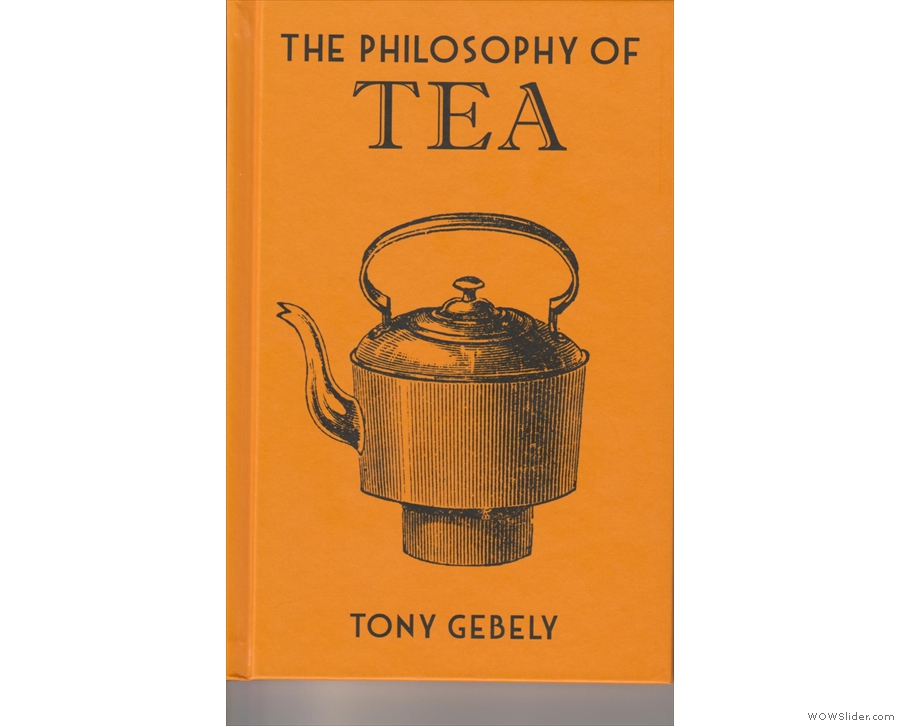
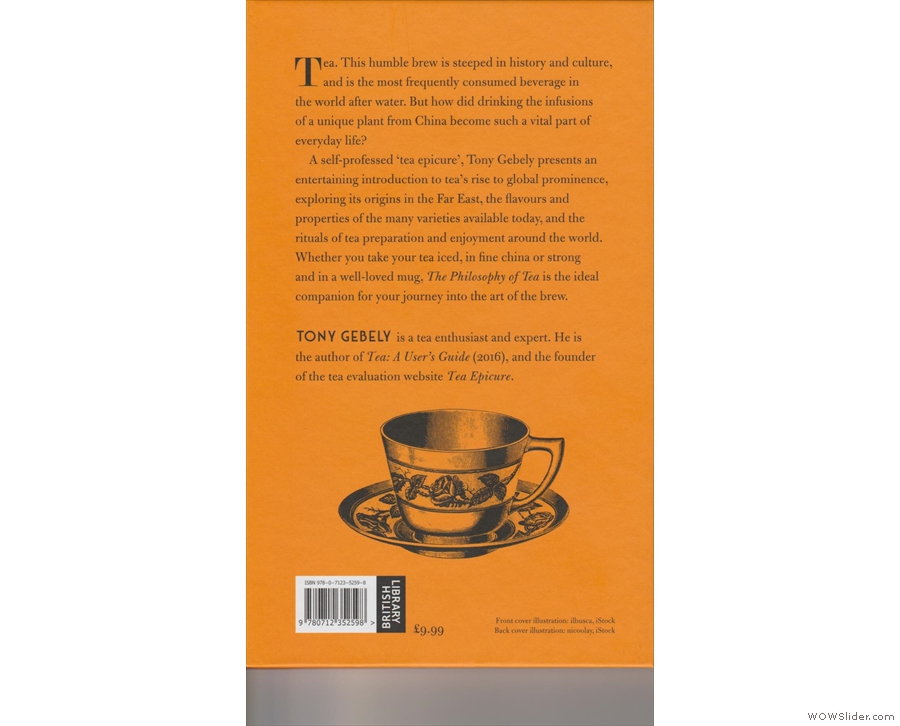
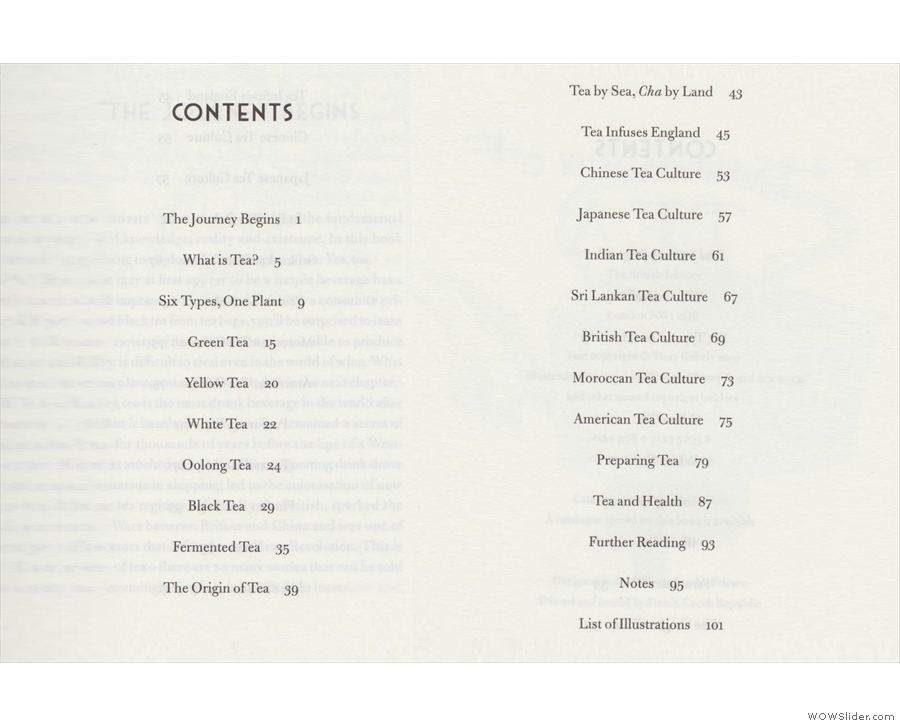
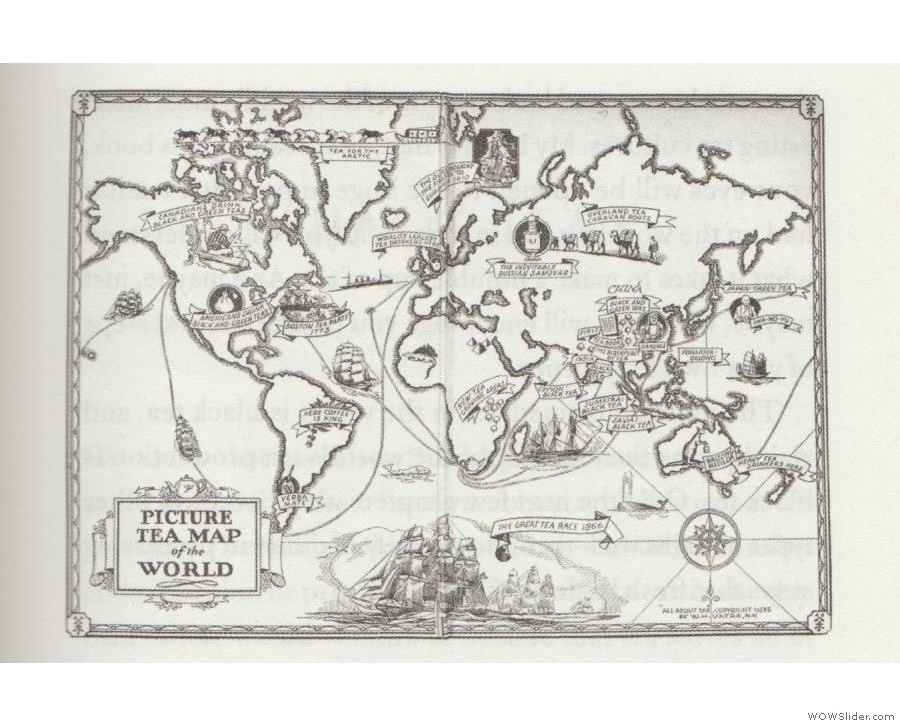
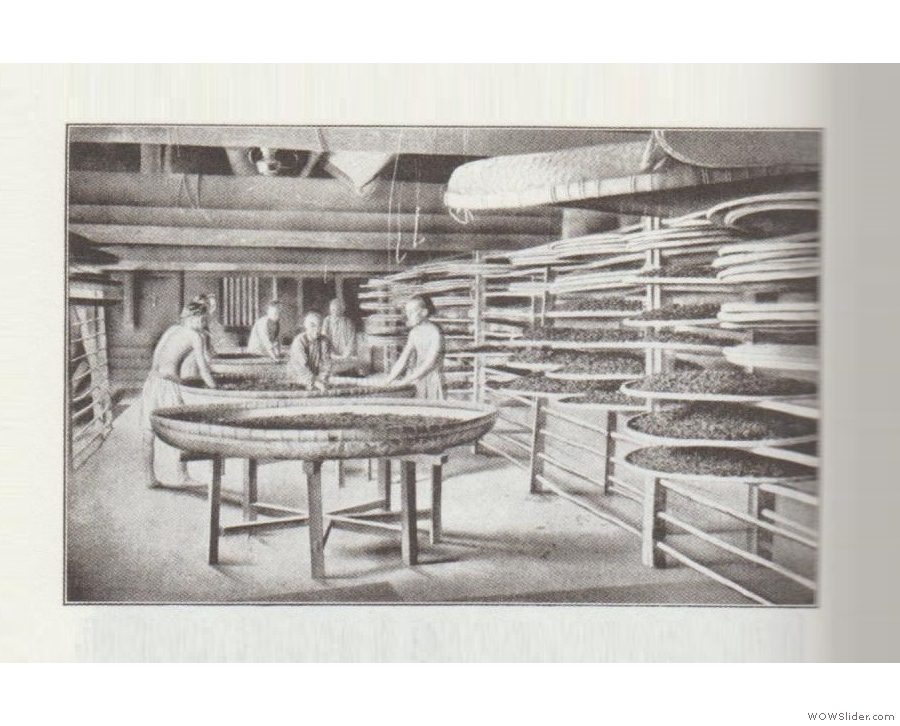
 1
1 2
2 3
3 4
4 5
5
Pingback: The Philosophy of Cheese | Brian's Coffee Spot
Pingback: The Philosophy of Wine | Brian's Coffee Spot
Pingback: The Philosophy of Gin | Brian's Coffee Spot